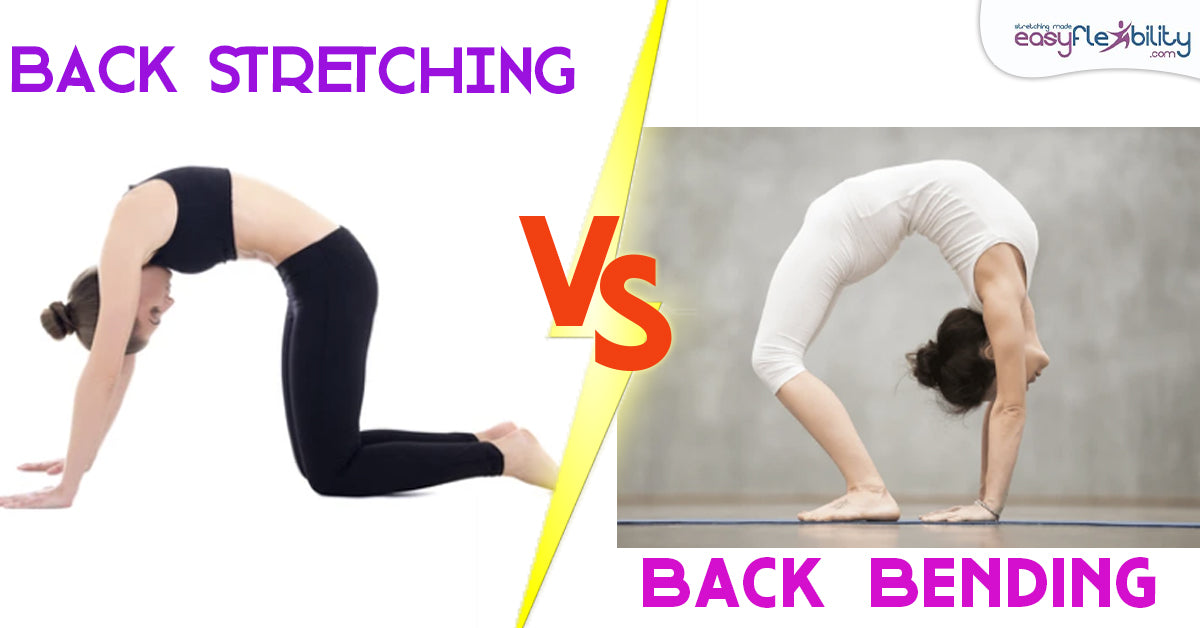Antagonist Short Length Conditioning
Posted by Paul Zaichik on
ASLC is a concept under the umbrella of strength exercises in EasyFlexibility system. Extended Length Conditioning and Peripheral Conditioning are found in the same group. All three types of techniques work the joint in its deep range.
- Each technique focuses on a specific muscle groups.
- ELC works the target muscles in full stretch.
- ASLC works the antagonists in short range.
- PC works the peripheral muscle groups.
Antagonist Short Length Conditioning is a very important tool in flexibility retention. This technique allows the nervous and musculoskeletal systems to memorize and accept the new flexibility as standard.
The Frog
Today we examine two variations of the Frog Exercise. These techniques are used to develop strength in the horizontal extensors / horizontal flexors of the hip.
Besides flexibility retention, ASLC builds strength in techniques where the contraction is needed in the muscles opposite in action to these being stretched.
For example:- Muscles that abduct the internally rotate the hip during side line kicks.
- Muscles that flex the hip front line kicks in martial arts or front attitude in dance.
Confusion with other similar techniques
ASLC can be easily confused with Movement and Habituation techniques. As a matter of fact the exercise shown in the video can easily be placed into both categories.
- M&H can work one or many muscle groups and ASLC focuses on antagonists only.
- ASLC can add resistance or pause while M&H usually does not.
- Reciprocal Inhibition technique also targets the antagonists. However RI would immediately be followed by a stretch and ASLC usually does not.
- Dynamic stretch is also movement, frequently with antagonist contracting. ASLC is performed slower and without an attempt to increase the amplitude of movement.
Summarizing ASLC Techniques
Antagonist Short Length Conditioning is not a stretching technique. It's a retention technique. It must be preceded by Zaichik Stretching technique, which would develop flexibility first, during the training session.
ASLC together with other strength exercises and M&H, than teach the body to accept the new found flexibility as normal.
And finally ASLC can also be performed isometrically, by holding the joint angle as open as possible, by contracting the antagonists to the muscle groups, who's length is being extended.
Do you want to learn and teach how to achieve 180° splits?
Then this could be the last possible destination for your split training and split teaching.
Why?
Because everyone who uses this program starts seeing results fast. Most people progress at a rate of 10 degress a month. (Full Split is 180 degrees)
Why is the EasySplits Certification so incredibly effective?
Because: There is no mystery. There is no guessing.
- For each split, you know exactly what muscle you need to stretch.
- Exactly how to stretch it.
How many times to do it. - Exactly when.
- Exactly how often.
- Everything has been tested and retested and tested over again. Everything has been confirmed to work.
What you are getting with EasySplits Course is SPEED. Speed of progress. You want to see results each time? This is the method to do it.
You are also getting 'retention':
The notion of retention is a 6,000 pound Elephant in the Room. Anyone can get you few degrees more flexible. Anyone who knows a few things about stretching. As your body warms up, it loosens up. That is no secret. The BIG questions is; can you retain that flexibility? If you could, you would not be needing this seminar. You would have had your splits by now and so would everyone else. But the BIG BUT, here is when you cool down, you are tight again, as if no stretching took place.
Click here to learn more about the EasySplits Certification!
Check out what other customers are saying about the EasySplits Certification:
© ElasticSteel Corp., EasyFlexibility, Paul Zaichik, et. El., 2022. No part of the materials available through ElasticSteel.com, EasyFlexiiblity.com, site may be copied, photocopied, reproduced, translated or reduced to any electronic medium or machine-readable form, in whole or in part, without prior written consent of Paul Zaichik EasyFlexibility.com, Elasticsteel.com.. Any other reproduction in any form without the permission of Paul Zaichik EasyFlexibility.com, Elasticsteel.com is prohibited. All materials contained on this site are protected by United States copyright law and may not be reproduced, distributed, transmitted, displayed, published or broadcast without the prior written permission of Paul Zaichik, EasyFlexibility.com, Elasticsteel.com.
Share this post
0 comment









